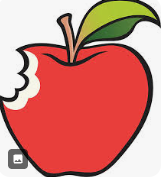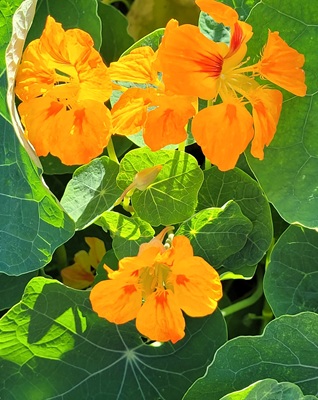Flower Properties
| Property | Value |
|---|---|
| English Name | Garden Nasturtium |
| MainColor | Orange |
| PlantType | |
| Growth Type | |
| Season | August |
| ImageUrl | Tropaeolum-001 |
| Photographer | DP |
| Location | Tatton |
| Human Toxicity | Non_Toxic |
Flower Details
Description
Nasturtium is a climbing or trailing plant known for its vibrant, trumpet-shaped flowers that can be orange, yellow, or red. Its round, green leaves are often used in salads and have a peppery flavour.
Distribution
Native to South America, nasturtium is now widely cultivated in gardens across Europe and North America. It thrives in well-drained soil and can often be found in sunny locations.
Medicinal/Other Uses

✅ Historically, nasturtium has been used for its antiseptic properties and as a natural remedy for respiratory issues. Its leaves and flowers are also popular in culinary dishes for their unique flavour.
Edibility

Nasturtium flowers and leaves are edible and often used in salads, garnishes, and as a flavourful addition to various dishes. They are rich in vitamins and have a peppery taste similar to watercress.
Human Toxicity
Human toxicity: the plant is generally safe for consumption, although excessive amounts may cause mild stomach upset.
Pet Toxicity

Non Toxic to dogs and cats - ingestion of the plant is not known to cause harm to pets.
Active Compounds
Nasturtium contains glucosinolates, which are responsible for its peppery flavour and potential health benefits. It also has high levels of vitamin C and other antioxidants.
